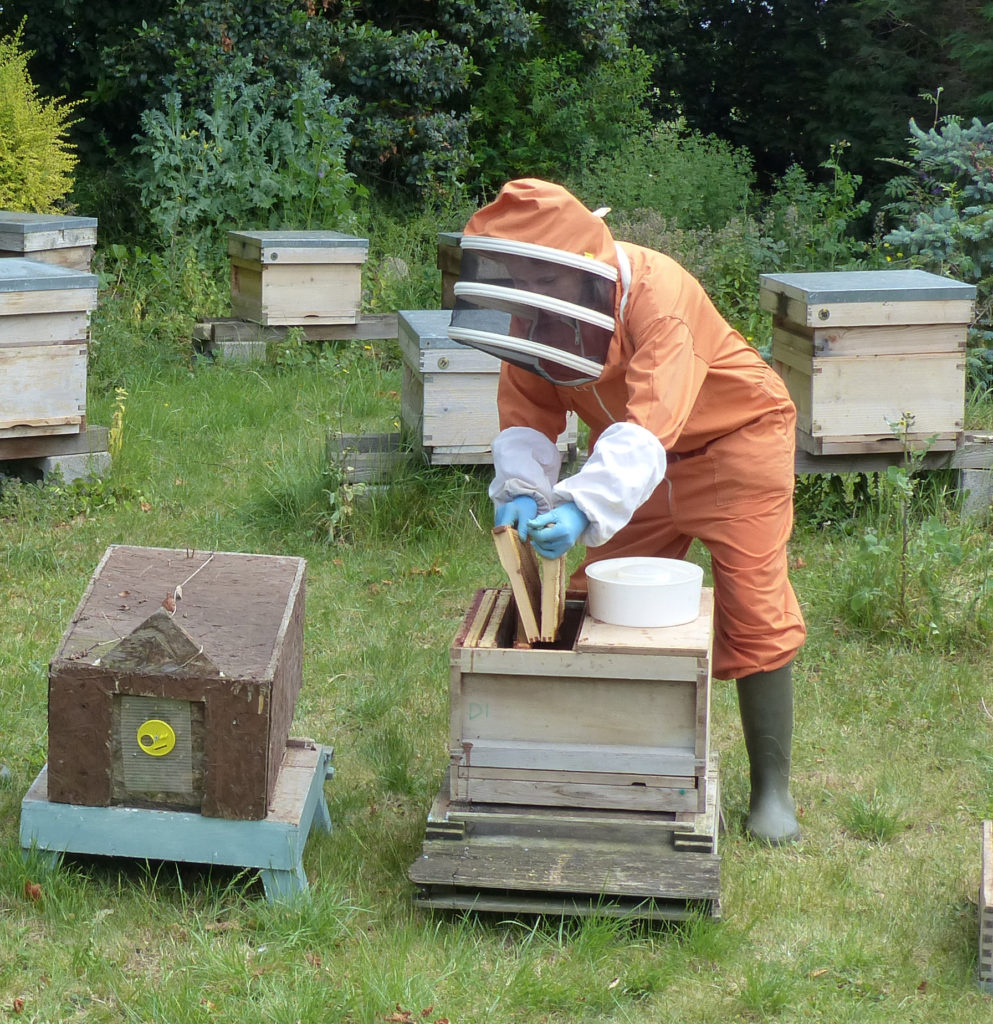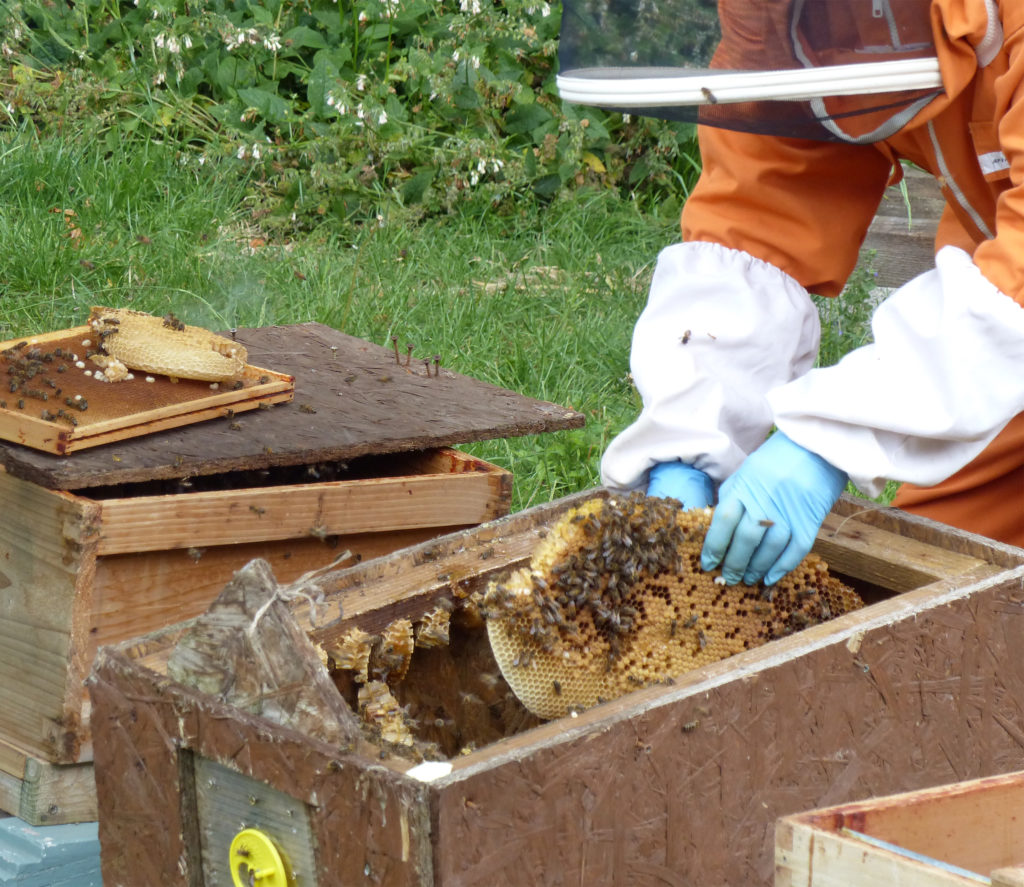Dear Member
I hope that you are enjoying some aspects of lock down including the amazing weather.
Bees have not heeded lock down rules and there have been plenty of reports of swarms. Some members do not seem to be aware of the excellent website that both they and the public can use: https://www.suffolkbeekeepers.co.uk/Swarms.html . It’s easy to find this link via the Suffolk BKA website.
Anyone who collects a swarm and hasn’t got a home for it, please let me know as I often hear of people who need an extra colony.
No news yet about the club apiary opening up to us on Sunday afternoons. I will keep you informed.
There still appear to be some members how haven’t paid their annual subscription. If you are unsure, please contact tim.slaven@btinternet.com and he will check for you.
I am making enquiries about holding winter meetings and exploring various formats and venues.
Finally, here’s something to keep us busy –
(I’ll sign off myself now, hoping that you and your bees are keeping well and safe, Carol Williamson, Secretary, WSBKA )
A letter (edited by me) from the COLOSS English survey coordinator, Anthony Williams:
We are living in unusual times with massive disruption to our lives and rightly people’s current focus will be on human epidemiology work. Winter losses were on average 10.4% for England. Losses varied from region to region from 8% in South West to 9% in Warwickshire and 8.4% in Leicestershire, my home regions which were slightly below the national average. A more detailed note of Winter losses will shortly be presented in the Journal of Apicultural Research. COLOSS would like to invite all English bee keepers to complete the hive loss survey for 2019; in particular we would like to get a better handle on data for the Bury St Edmunds area. Last year I received 714 valid responses which represents about 2.5% of all beekeepers in England, this year I hope we can improve on this and get a more accurate picture of Winter losses at a Local, National and European level.The survey can be access through the following link 2019-2020 England winter losses
Letter from COLOSS
Monitor Honey Bee Colony Losses spring 2020
Dear Beekeeper.
In the last decade, elevated losses of western honey bee colonies have been observed, mainly in Europe and North America, but the underlying causes still remain unclear. In 2008, European and USA honey bee experts formed a network “COLOSS” realising that efforts by individual countries to identify the drivers of losses were unlikely to succeed, given the current consensus that causes are complex and can be different between regions and between the years. Now more than 1000 scientists are working together in this network in specific working groups.
The epidemiological working group have developed a standardised questionnaire to identify the underlying causal factors of losses and provide beekeepers sustainable management strategies.
We now invite you to fill in the questionnaire for 2020 which you will find below. This will enable us to compare your answers with other beekeepers. With your data we can estimate the relative risk of colony losses for beekeeper decisions such as Varroa treatment, migration of colonies and comb replacement. We also aim to identify differences in relative mortality risk between regions. This will enable follow up research projects in specific regions.
At your option your personal details may be recorded however we undertake not to disclose them to any third party to protect your privacy.
Finally your help is much appreciated. Please can I ask you to promote this survey and the questionnaire link through this open letter to as many English bee keepers as you are able to do so. Feel free to share the link by email, word of mouth, newsletters or social media and to your local bee keeping organisations. In doing so you will be making a contribution to tackling the problem of colony losses and ensuring that English data is represented as an equal partner in the COLOSS European community.
Thanking you
Dr Anthony Williams
COLOSS Survey Coordinator for England
De Montfort University
A Member of Leicester and Rutland Beekeepers Association
Email: anthony.williams@dmu.ac.uk
Tel: 0116 207 8468
############## More Information ###########################
For further information about the COLOSS colony loss core project and past results please see the COLOSS website: https://coloss.org/core-projects/colony-losses-monitoring/
Results from previous surveys have been published in Journal Apicultural Research, the most recent article was published as an open access document and can be found at:
https://www.tandfonline.com/doi/full/10.1080/00218839.2019.1615661










